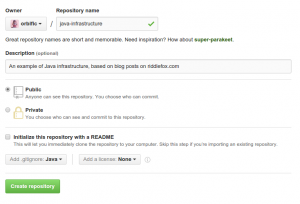If your code isn’t in version control, then it doesn’t really exist. It’s too easy to lose the code on a single computer – a hard drive failure, or maybe a mistaken rm command. And it’s also easy to make a change that breaks something and not be able to get back to a working version. At those times a stored copy is a lifesaver. The basic requirement of a Version Control System is to keep code safe. But, over the years it’s become much more than that.
I’ve used a lot of different VCS – sourcesafe, RCS, CVS, SVN and git. At my first job, we used a series of network folders, with a lotus notes DB to keep track of who was working on each file. Different versions of the folders identified the different development environments, from development through to live. Promoting the site would involve copying code from one set of folders to the next.
At first, version control is about making sure the software is safe and providing a history. This in itself makes it invaluable. But tools like SVN and git make collaboration easier. Of all the tools I’ve used, git is the first one that I’ve loved.
A lot of the tutorials on git treat it like a distributed SVN. This may be helpful in getting started, but soon leads to confusion. My favourite tutorial is Git from the Bottom Up, which discusses git in terms of the objects it uses internally. That makes it much easier to understand: git is a time machine, allowing you to open up alternative timestreams, recombine them, and do it all without opening up paradoxes. As long as you understand what you’re doing.
Git adds a lot of great features. git bisect is great for finding where bugs were introduced. Git stash is great for when you need to change what you’re working on. Git detects moved files better than svn does. But the best thing about git is the branching model. Rather than have branching being something difficult, as it can be in SVN, git is based treats branching as something that should be commonplace.
The big problem with version control systems is how you fit them into the company’s working methods. Git enables people to collaborate effectively but also provides challenges. This is a topic that I owe a whole post on its own. The Death of Continuous Integration is an excellent talk on the topic by Steve Smith.
So, before we write any code for our new project, we need to set up a repository. Github is a convenient place to host these archives, and that’s where I’ll be putting the java-infrastructure code.
Our repository is created with a Java gitignore file and a readme. To that I am going to add a single file, a TODO. The Readme provides a quick overview of what this project is for. The TODO is a simple reference to track things that need to be added to this project. The first item in this file is a note to add a better issue tracking system.
It’s not much of a project yet, but at least we know anything we add is safe in a repository. The current state can be found as commit 94d34c6.
Next up: writing some Java code.
